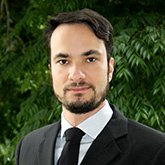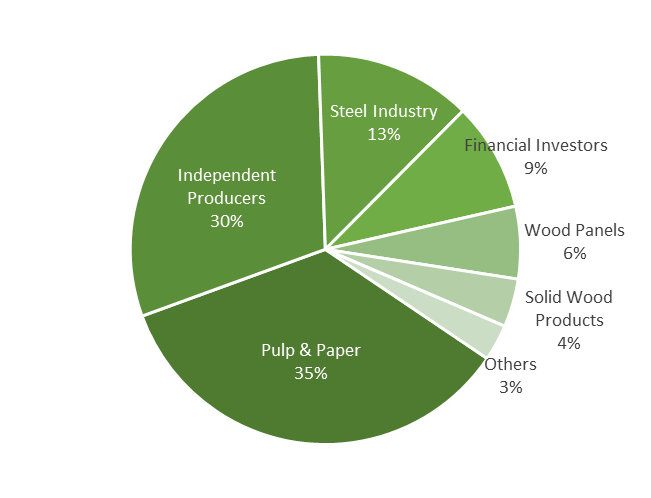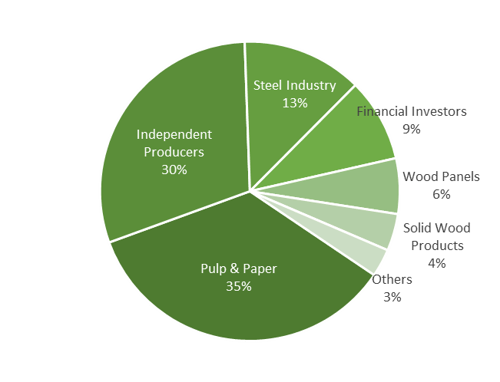2 min read
Brazil’s National Plan of Planted Forests: How Will it Impact the Forest Industry?
 Marcelo Schmid
:
July 2, 2019
Marcelo Schmid
:
July 2, 2019

June began with a positive development for the Brazilian forest sector: the approval of the National Plan of Planted Forests (PNDF) by the Ministry of Agriculture, Livestock and Supply. The PNDF aims to increase the area of planted forests to two million hectares (4.9 million acres) by 2030 and provide legal certainty for investors in the sector.
According to the Ministry's publication, the planted forest sector is unique within the larger agricultural segment because it helps to protect natural resources. According to the Brazilian Tree Industry (IBÁ), the sector helps to conserve 5.6 million hectares (13.8 million acres) of native forest in the form of legal reserves, including the Permanent Preservation Area and Private Natural Heritage Reserve designations. For every hectare planted, 0.7 hectares is conserved.
Also according to data from IBÁ, Brazil has 7.84 million hectares (19.4 million acres) of planted forests primarily comprised of two species: pine and eucalyptus. This area occupies less than 1 percent of Brazil’s total territory but represents more than 90 percent of all wood harvested for industrial purposes and 6.1 percent of the country's industrial Gross Domestic Product (GDP). According to the new Timber Supply Analysis 360 tool developed by Forest2Market do Brasil, the total area of planted forests in Brazil is significantly higher than the official number disclosed by IBÁ.
Of the stakeholders in Brazil’s planted forests, the pulp and paper segment leads the ranking of the country's primary timberland owners with 35 percent of the total area, followed by independent producers and the charcoal steel industry (Figure 1).
Figure 1. Area planted by industrial segment (2018)

Source: IBÁ
Outlook for the PNDF
What can we expect with the approval and implementation of the PNDF?
- Use of forest biomass as a source of renewable energy: One of the objectives of the PNDF is the increased use of forest biomass in energy production. The inclusion of forest biomass in the country's energy portfolio and expansion plan is a significant development for the forestry sector. Energy auctions managed by the Ministry of Mines and Energy allow long-term contracts between 20 and 25 years, which will lead to a sustainable increase in the demand for forest raw materials.
- Expansion of new planted forests: New planted forest frontiers such as MATOPIBA (the intersection of Maranhão, Tocantins, Piauí and Bahia states) will develop from the expansion of the PNDF planted area. There are growth restrictions for forest planted areas in states that have a robust forest sector (Paraná and Santa Catarina) due to competition with other land uses (agriculture, urban areas, etc.).
- Development of new industries: Some forest companies recently announced the expansion of their existing operations and with renewed industry optimism and an increased supply of raw material, new expansion projects are expected to develop in Brazil.





